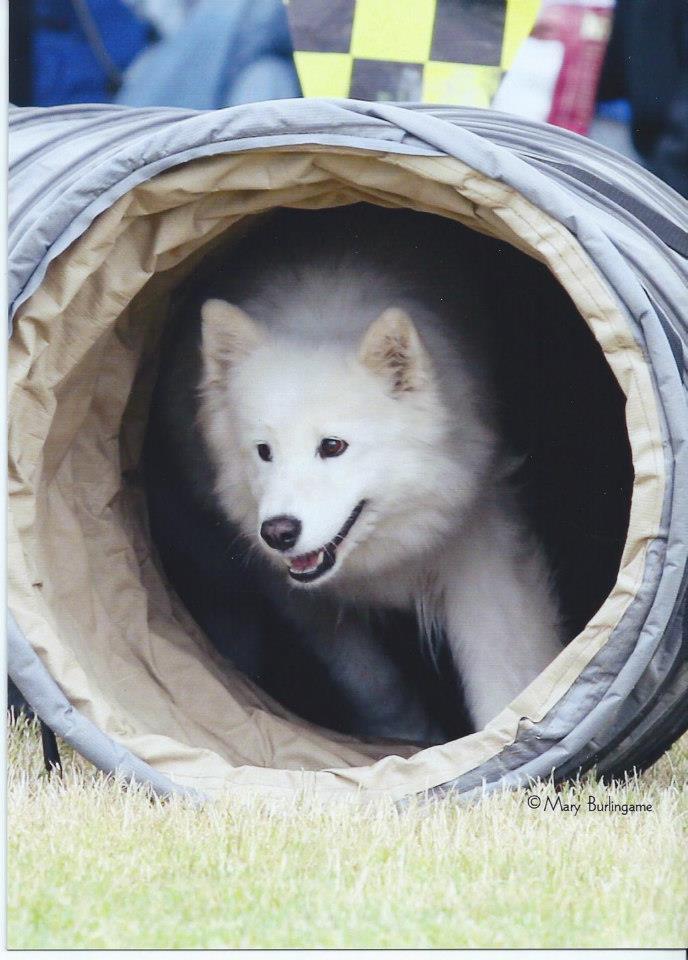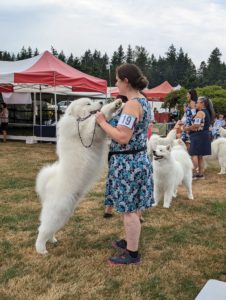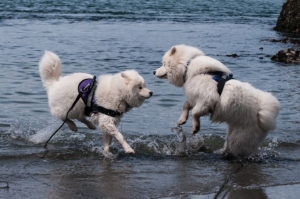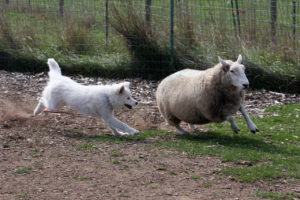Separation Anxiety
A dog is a social animal. It wants to be with the family and being alone is not an entirely natural situation. Some dogs can not adjust to this situation without help. As a puppy, a dog learns that making sounds brings its mother to it. So barking, whining and crying are natural reactions when the dog wants to be reunited with its family. It may also consider digging, scratching at the door or window and other behavior designed to allow it to escape the house and rejoin its family to be “normal”. Dogs may become so anxious that they tear up objects indiscriminately, defecate or urinate without control. If a dog is punished for these actions, the resulting increase in anxiety can make the whole situation worse. It is best just to ignore the destruction if at all possible. In order to treat the disorder, it is necessary to set aside some time to figure out exactly what is happening and to help your dog adjust to separation.
The first thing you need to do is spy on your dog to figure out how long he or she waits before tearing up stuff in your absence. Some dogs literally start in one minute or less. Others wait a half hour or an hour or whatever. Once you have an idea of this you can work on the problem. It is also necessary to teach your dog at least to “sit” and hopefully to “stay” prior to working on the actual behavioral problem.
A dog that is so nervous that it must be in the same room with you all the time requires working with sit and stay until it can tolerate you being out of the room — then start to work on leaving the house. It can help a great deal with steps 2 and 3 in this process to use an anti-anxiety medication, such as amitriptylline (Elavil Rx) or buspirone (Buspar Rx). Talk to your vet about this. It is also very helpful to consider asking about referral to a certified veterinary or animal behaviorist for assistance
Leave for short periods and come right back — sometimes all you can do is stand outside the door for a few seconds. Don’t stay away long enough for your dog to get upset. The idea is to lengthen the time gradually. It may help to vary the time some so your dog can’t keep track of a “routine”. Keep this up until your dog is comfortable with you gone for a reasonable length of time. Don’t make a big deal over coming back in — it is best to greet the dog quietly or ignore it.
Once your dog can tolerate you being gone for an hour or two, it will probably be possible to make the jump to longer durations without much problem. Usually, about the time your dog is very comfortable with being left alone, it is best to begin a slow taper off of any behavioral medications used to help in the treatment of the separation anxiety. Abruptly stopping the medications can lead to a relapse, so take a little time to wean your dog off according to your veterinarian’s directions.
A good booklet on this problem, “The Dog That Cannot Be Left Alone” by Victoria Voith, DVM, is distributed by Cycle. Your vet can get this booklet and others, by writing the Cycle Pet Care Center, P.O. Box 9001, Chicago, Il 60604-9001. It is not necessary that your vet sell Cycle foods-we do not. I am not sure the address is still valid — hopefully it is.
Mike Richards, DVM








